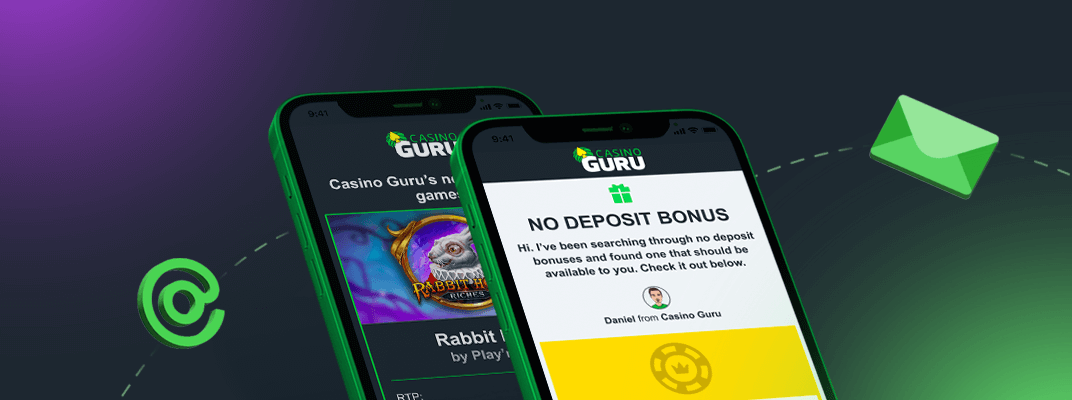Quindi, ho passato un po' di tempo ad osservare le situazioni di gioco su decine (per la precisione, 80) tavoli di roulette online in tempo reale per verificare quello che hai scritto. Ho osservato per circa 5-6 ore di fila e i miei occhi si sono stancati molto guardando questi numeri. Tuttavia, è stato interessante per me scoprire questa nuova strategia.
Innanzitutto posso dire che è un'ottima strategia ; funziona come hai scritto e le scommesse vincono nella maggior parte dei casi (direi circa il 98-99% delle volte).
Sfortunatamente, non vince sempre : si verificano situazioni, come ho ipotizzato nei miei messaggi precedenti, in cui il numero di errori supera il limite fissato dalla tua strategia.
Inizialmente, ho deciso di esaminare tutti gli angoli che non compaiono 26 o più volte, di trovare tabelle in cui ci sono più di 2 di tali posizioni e tra queste non ci sono intersezioni numeriche. È stato molto istruttivo, ma sfortunatamente è stato un mio errore perché ci sono molte tabelle di questo tipo ed è stato difficile tenere traccia di quelle pertinenti.
Tuttavia, ho riscontrato quasi immediatamente (entro un'ora di osservazione) il problema (fornisco le immagini di seguito):


Come puoi vedere qui, nella tabella evidenziata (EZugi, Oracle 360 Roulette), ci sono due degli angoli più rari: "19,20,22,23" - 56 errori di fila e "29,30,32,33" "- 50 errori. Ho rintracciato questo tavolo tra tanti dove gli errori sono arrivati a 26. Nella seconda immagine ti do i numeri usciti su questa roulette così puoi contare da solo se non ti fidi di me. Ho posizionato un cerchio blu sopra il numero nel momento in cui la scommessa sarebbe stata vincente (è uscito il 23), quindi puoi usare questo numero come riferimento e guardare i numeri a destra e in basso in ordine.
A proposito, questo tavolo è in un vero casinò dove le persone piazzano scommesse con le fiches. Ha solo la capacità di accettare scommesse online. L'ho detto per dimostrare che in questo caso, secondo la tua strategia, avrei dovuto aspettare meno di 26 errori, il che è anche peggio. Tuttavia, ho aspettato 26.
In circa 5 o 6 ore di osservazione, ho contato circa 12 situazioni in cui il numero minimo di errori da due calci d'angolo non visualizzati superava 50, cioè quando la progressione della scommessa avrebbe superato i limiti di scommessa dichiarati. Il numero massimo di errori nelle mie osservazioni ha raggiunto 61 volte, questo è accaduto sul tavolo Roulette Green, fornitore Pragmatic Play Live, l'angolo "26,27,29,30" non è apparso 80 volte e l'angolo "8,9,11, 12" — 61 volte . Purtroppo, a causa della stanchezza dovuta all'osservazione, ho dimenticato di fare uno screenshot.
Molto più tardi, ho deciso di aumentare i limiti di osservazione per le tabelle in modo che solo i conteggi mancati che superano 50 vengano evidenziati durante il monitoraggio. Questa osservazione ha notevolmente semplificato, ma l'ho fatto abbastanza tardi. Solo un altro esempio per te negli screenshot qui sotto:


Tavolo "Speed Roulette 1", fornitore Pragmatic Play Live, angolo "29,30,32,33" — 55 errori e "2,3,5,6" — 51 errori. Ancora una volta, ti do gli ultimi 1000 numeri apparsi su quella tabella in modo che tu possa controllarli tu stesso. Il cerchio blu sopra un numero indica che qui le tue scommesse vinceranno. Sfortunatamente, ci vorrebbero troppi soldi per scommettere dopo il numero di errori visualizzati.
Suppongo che l'autore di questa strategia semplicemente non abbia avuto l'opportunità di osservare un gran numero di tabelle contemporaneamente per vedere i risultati che ho fornito sopra. Puoi giocare per un bel po' su un tavolo e non perdere nemmeno una volta con questa strategia, oppure puoi perdere subito: è una questione di fortuna, e l'autore è stato fortunato.
In conclusione, voglio ribadire che la strategia è davvero buona , e l'unica cosa necessaria per migliorarla è aspettare non 26 errori ma almeno 40 errori sul limite inferiore delle curve che non compaiono per avere successo.
Puoi credermi o no: è un tuo diritto. Ero sinceramente interessato a questo approccio e ho fatto del mio meglio per scoprire quanto fosse efficace, e ora posso trarre conclusioni basate su dati reali, non su ipotesi. Forse queste informazioni aiuteranno te (o qualcun altro interessato a questa strategia) a evitare di perdere denaro.
So, I spent some time observing game situations on dozens (to be precise, 80) of real-time online roulette tables to check what you wrote. I observed for about 5-6 hours straight, and my eyes got very tired looking at these numbers. Nevertheless, it was interesting to discover this new strategy for me.
First I can say it's a very good strategy; it plays as you wrote, and bets win in the majority of cases (I would say about 98-99% of the time).
Unfortunately, it doesn't win always: situations arise, as I assumed in my previous messages, when the number of misses exceeds the limit set by your strategy.
Initially, I decided to look at all corners that don't appear 26 or more times, find tables where there are more than 2 of such positions, and among them, there are no number intersections. It was very informative, but unfortunately, it was my mistake because there are many such tables, and it was challenging to track the relevant ones.
Nevertheless, I almost immediately (within an hour of observation) found the issue (I provide pictures below):


As you can see here, on the highlighted table (EZugi, Oracle 360 Roulette), there are two of the rarest corners — "19,20,22,23" — 56 misses in a row and "29,30,32,33" — 50 misses. I tracked this table among many where the misses reached 26. In the second picture, I give you the numbers that came up on this roulette so you can count for yourself if you don't trust me. I placed a blue circle above the number when the bet would have won (23 came up), so you can use this number as a reference and look at the numbers to the right and down in order.
By the way, this table is in a real casino where people place bets with chips. It just has the capability to accept bets online. I mentioned this to show that in this case, according to your strategy, I would have had to wait for less than 26 misses, which is even worse. Nevertheless, I waited for 26.
In about 5 or 6 hours of observation, I counted about 12 such situations where the minimum number of misses from two non-appearing corners exceeded 50, i.e., when your bet progression would have exceeded the declared betting limits. The maximum number of misses in my observations reached 61 times, this happened on the table Roulette Green, provider Pragmatic Play Live, corner "26,27,29,30" did not appear 80 times, and corner "8,9,11,12" — 61 times. Unfortunately, due to fatigue from observation, I forgot to take a screenshot.
Much later, I figured out to increase the observation limits for tables so that only those miss counts that exceed 50 are highlighted when tracking. This significantly simplified observation, but I did it quite late. Just another example for you in the screenshots below:


Table ``'Speed Roulette 1', provider Pragmatic Play Live, corner "29,30,32,33" — 55 misses, and "2,3,5,6" — 51 misses. Again, I give you the last 1000 numbers that came up on that table so you can check it yourself. Blue circle above a number displays that here your bets would win. Unfortunately, it would take too much money to bet after the displayed amount of misses.
I suppose the author of this strategy simply didn't have the opportunity to observe a large number of tables simultaneously to see the results I provided above. You can play for quite a while on one table and not lose once with this strategy, or you can lose right away — it's a matter of luck, and the author just got lucky.
In conclusion, I want to reiterate that the strategy is really good, and the only thing needed for its improvement is to wait not for 26 misses but at least 40 misses on the lower limit of non-appearing corners to succeed.
You can believe me or not — it's your right. I was genuinely interested in this approach, and I tried very hard to find out how successful it is, and now I can draw conclusions based on real data, not assumptions. Perhaps this information will help you (or someone else interested in this strategy) avoid losing money.
Traduzione automatica:


















